Oldest Landmarks in the World
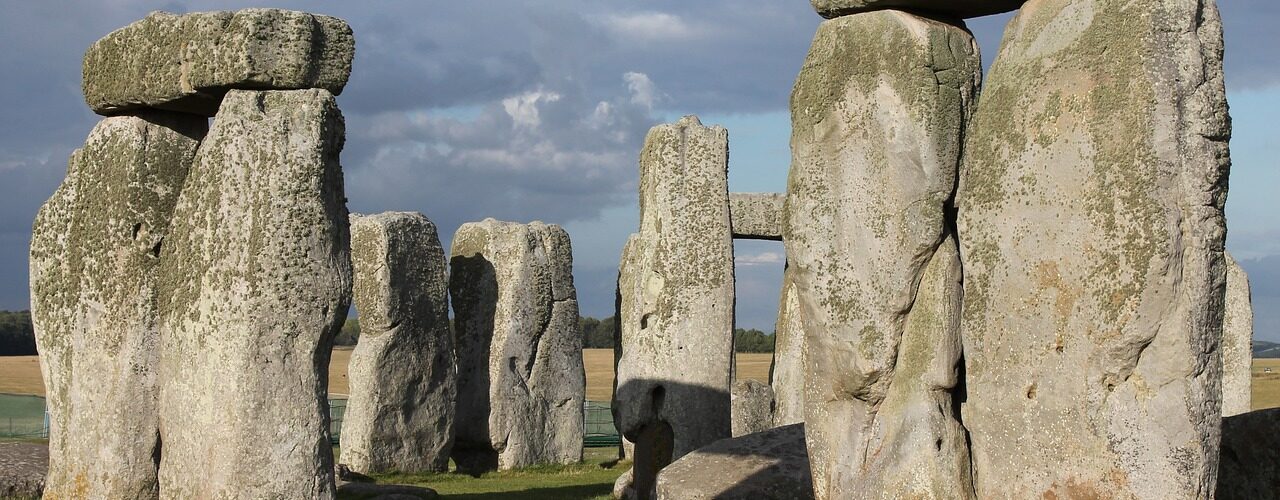
Delving into the annals of human history unveils a tapestry woven with remarkable landmarks that stand as testaments to ancient civilizations’ ingenuity and prowess. These monumental sites, scattered across the globe, echo whispers of millennia-old cultures, their beliefs, and their unparalleled architectural feats. From the enigmatic Stonehenge in England, whose purpose continues to mystify scholars, to the breathtakingly precise Pyramids of Giza in Egypt, these landmarks serve as windows into worlds long past. They not only signify the might and innovation of our ancestors but also provoke a profound curiosity about the stories they hold and the civilizations they represent. Each site bears witness to the remarkable human endeavor that has persisted through the ages, inviting us to unravel the secrets they guard and cherish the heritage they embody.
Göbekli Tepe, Turkey

Estimated to be over 11,000 years old, this site is one of the earliest known temples in the world, predating Stonehenge by several millennia.
Stonehenge, England
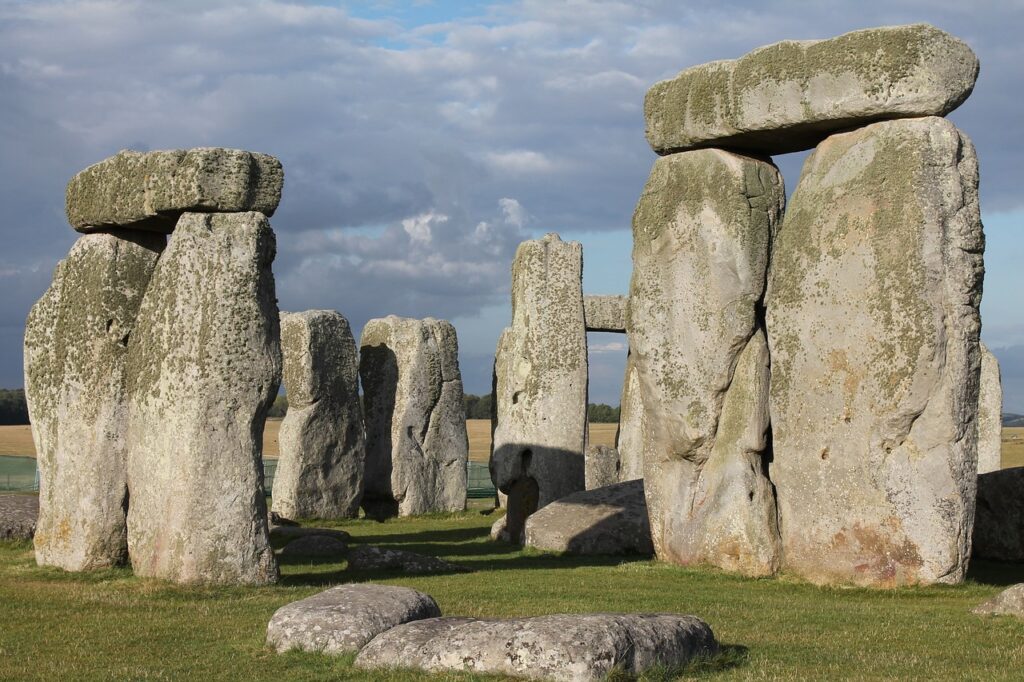
Dating back to around 3000 BCE, this prehistoric monument remains a mystery in terms of its exact purpose, though it’s believed to have had religious or astronomical significance.
Newgrange, Ireland
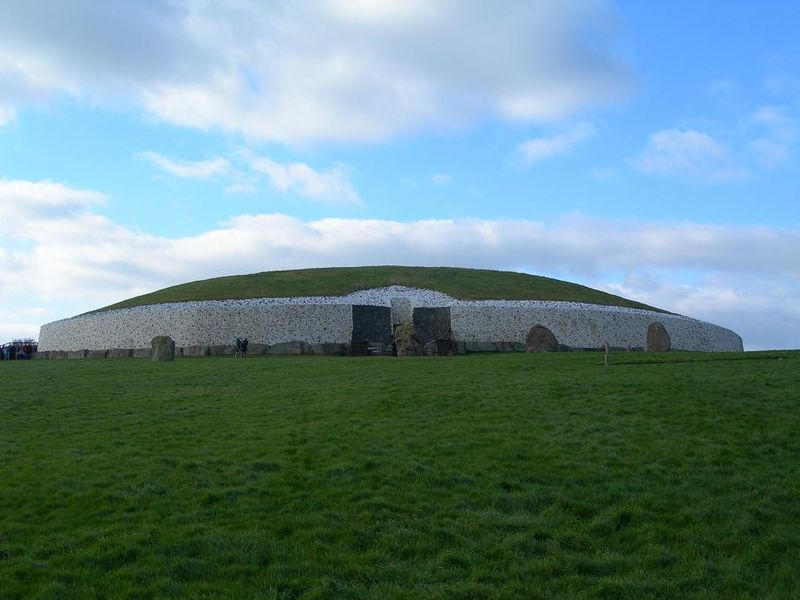
Constructed around 3200 BCE, Newgrange is a prehistoric monument that predates Stonehenge and the Egyptian pyramids. It’s an ancient passage tomb aligned with the winter solstice.
Pyramids of Giza, Egypt
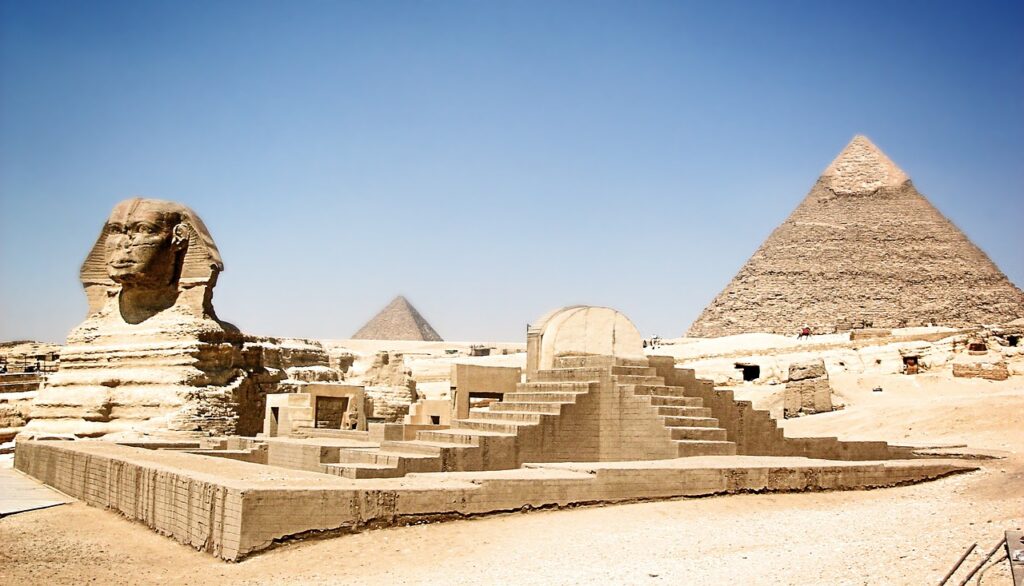
The Great Pyramid of Giza, built for Pharaoh Khufu around 2580–2560 BCE, is one of the Seven Wonders of the Ancient World.
Megalithic Temples of Malta
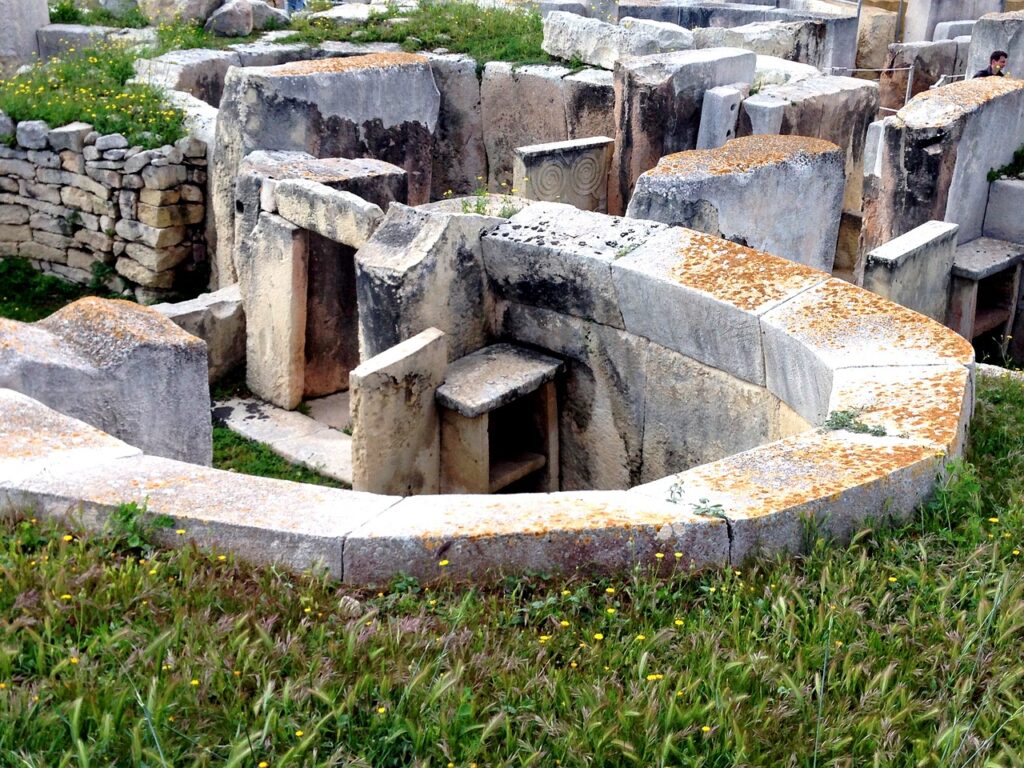
These structures, dating back to around 3600 BCE, are among the world’s oldest free-standing stone buildings, predating Stonehenge and the pyramids.
Skara Brae, Scotland

A Neolithic settlement dating back to around 3200 BCE, it’s one of Europe’s most complete Neolithic villages.
Avebury, England

This Neolithic henge monument, containing three stone circles, is older than Stonehenge and part of a larger prehistoric landscape.
These landmarks hold immense historical and archaeological significance, offering insights into ancient civilizations’ beliefs, practices, and architectural capabilities.








